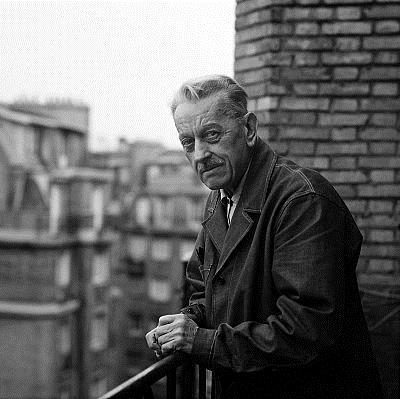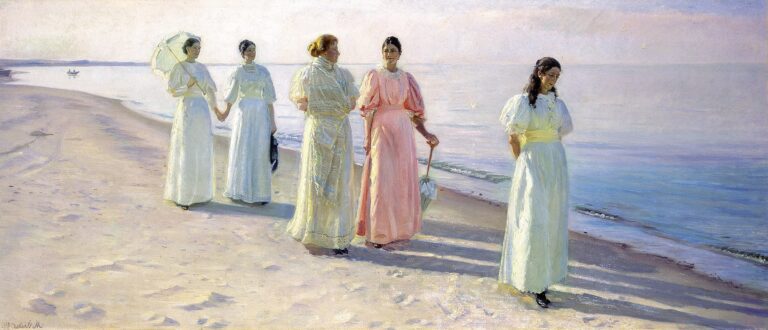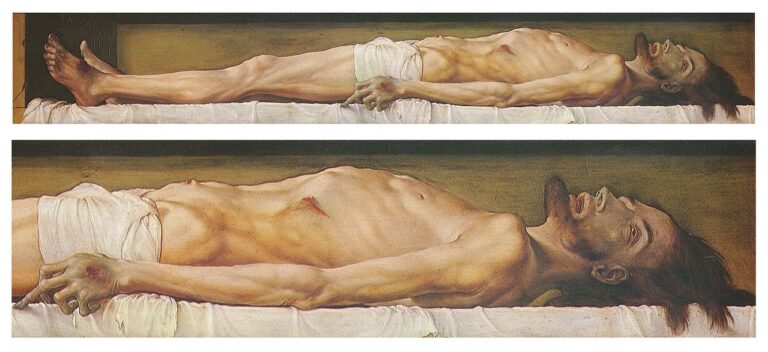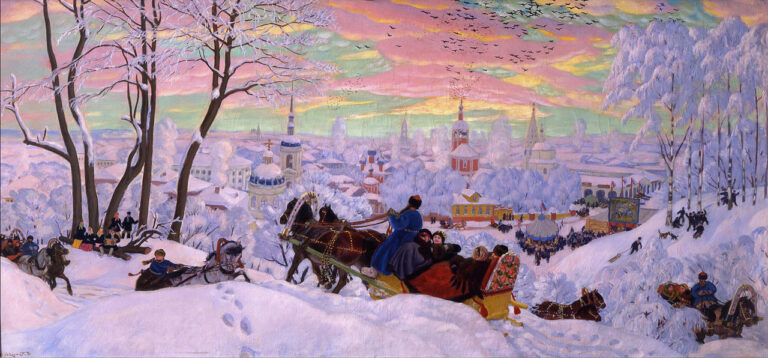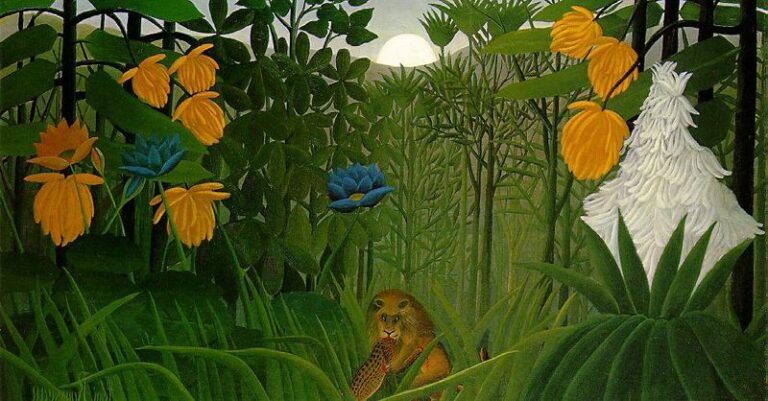Josef Sima Painter: Czech Surrealist Pioneer of the 20th Century
Born: 19 March 1891, Jaromer, Czechia
Death: 24 July 1971, Paris, France
Art Movement: Surrealism
Nationality: French
Teacher: Jan Preisler
Institution: Academy of Arts, Prague
Josef Sima Painter: Czech Surrealist Pioneer of the 20th Century
Life and Education of Josef Šíma
Josef Šíma was a Czech painter who became an important figure in modern European art. His life and education shaped his artistic development and career.
Early Life and Inspirations
Josef Šíma was born on March 19, 1891, in Jaromer, Czechia. He grew up surrounded by the rich cultural heritage of his homeland.
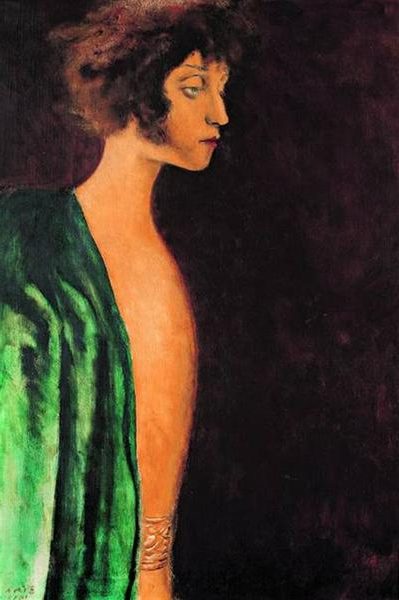

As a young artist, Šíma found inspiration in the landscapes and traditions of his native country. This early exposure to Czech art and culture would influence his work throughout his career.
Šíma showed artistic talent from a young age. He was drawn to painting and began to develop his skills early on.
Academy of Arts in Prague
Šíma enrolled at the Academy of Arts in Prague to study painting. This prestigious institution provided him with formal training in art techniques and theory.
At the Academy, Šíma studied under Jan Preisler, a noted Czech painter. Preisler’s guidance helped shape Šíma’s artistic style and approach.
During his time at the Academy, Šíma honed his skills and began to develop his unique artistic voice. He absorbed the influences of various artistic movements popular in Prague at the time.
Move to Paris
In 1921, Josef Šíma made a pivotal decision to move to Paris. This move marked a turning point in his artistic career.
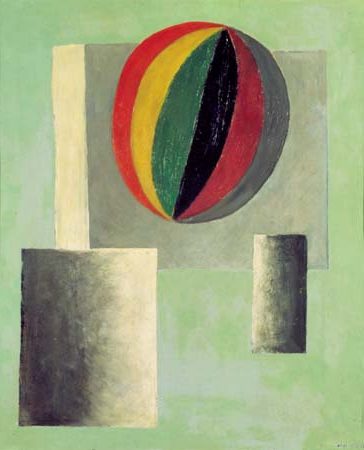
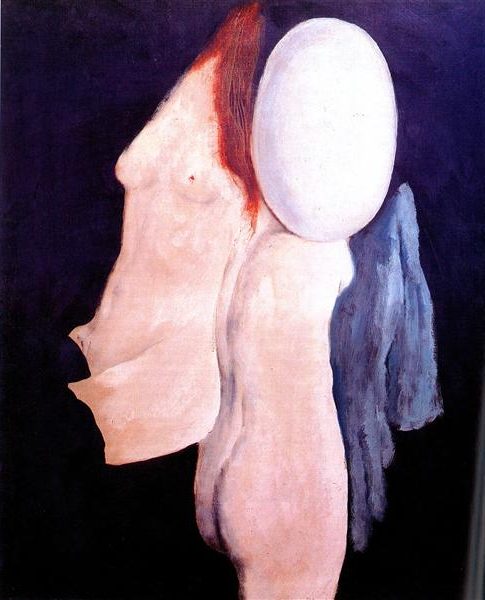
Paris was a hub of artistic innovation in the 1920s. Šíma immersed himself in the vibrant art scene of the city.
In Paris, Šíma encountered new artistic styles and ideas. He began to experiment with different approaches to painting.
Šíma took French citizenship in 1926, further cementing his connection to his adopted home. Despite this, he maintained strong ties to his Czech roots.
His time in Paris allowed Šíma to act as a bridge between Czech and French avant-garde art movements. This unique position enriched his work and influenced his artistic development.
Artistic Career and Influence
Josef Sima’s artistic career spanned decades and left a lasting mark on modern European art. His unique style blended surrealism with landscape painting. Sima’s work evolved through collaborations and involvement with influential art movements.
Le Grand Jeu and Surrealism
Sima played a key role in Le Grand Jeu, an avant-garde literary and artistic group. He served as artistic director for their journal in 1929. This group had ties to surrealism, which shaped Sima’s work.
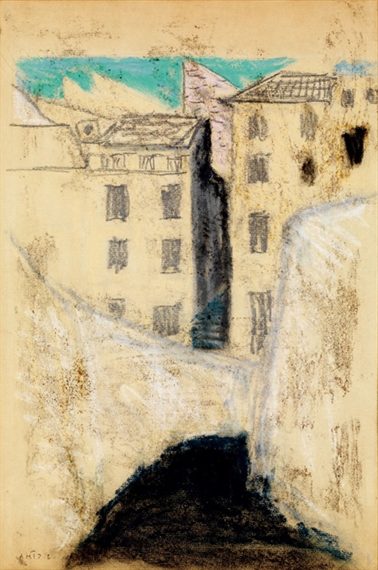
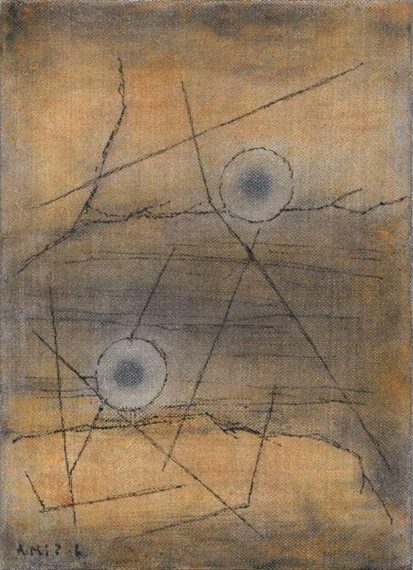
Sima’s paintings often featured dreamlike qualities common in surrealist art. He used soft colors and blurred forms to create ethereal scenes. His work stood out from other surrealists by keeping a strong connection to nature and landscapes.
Collaborations with Other Artists
Sima worked closely with poets and writers throughout his career. He formed friendships with René Daumal, Roger Gilbert-Lecomte, and Roger Vailland. These connections inspired both his paintings and illustrations.
He also created artwork for books by Pierre Jean Jouve. Sima’s illustrations complemented the poetry, adding visual depth to the written words.
His art bridged gaps between French and Czech avant-garde circles. This made him an important figure in both countries’ art scenes.
Key Themes and Subjects
Landscapes were a central theme in Sima’s work. He often painted from memory, capturing the essence of places rather than exact details. His landscapes had a dreamy, almost abstract quality.
Light played a crucial role in his paintings. Sima used light to create mood and atmosphere in his scenes. This technique gave his work a unique, luminous quality.
He also explored spiritual and mythological themes. These added depth and mystery to his art, going beyond simple visual representation.
Modern European Art Evolution
Sima’s work helped shape the course of modern European art. He combined elements from different styles, creating something new and unique.
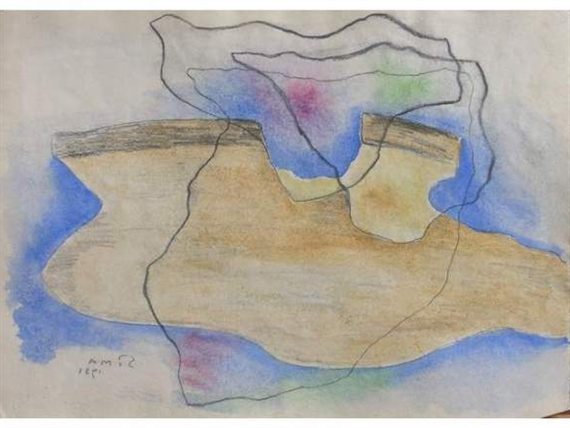
Paysage Surréaliste (1931) by Josef Sima
His art showed influences from Purism, a movement focused on simplicity and clarity. This can be seen in the clean lines and forms in some of his work.
Sima’s approach to color and form had similarities to artists like Piet Mondrian. However, Sima kept a stronger link to natural subjects in his paintings.
His long career spanned major shifts in art trends. Sima’s work evolved with these changes while maintaining his distinct style. This adaptability kept his art relevant and influential for decades.
Legacy and Preservation
Josef Sima’s art lives on through museum collections and exhibits. His work inspires new artists today. Sima’s paintings blend nature and imagination in unique ways.
Collections and Exhibitions
Many top museums display Sima’s work. The National Gallery in Prague has a large collection. His art is also in Paris at the Centre Pompidou.
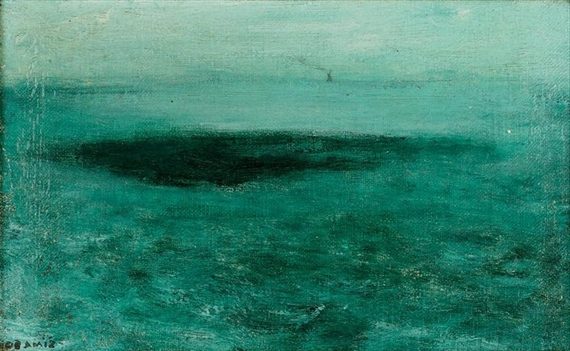
Mer (1960) by Josef Sima
Sima’s paintings appear in shows around Europe. In 2020, the Waldstein Riding School held a big exhibit of his art. The Collection Paul et Jacqueline Duchein owns key Sima pieces too.
Sima often painted abstract scenes with crystals and eggs. These odd shapes became his signature style. Art fans can see these works in person at museums or in books about Sima.
Influence on Future Generations
Sima shaped how other artists paint. His mix of real and dream-like images was new and exciting. Young Czech and French painters look up to Sima’s ideas. They try to capture nature in fresh ways like he did.
Sima’s book “Le Théâtre de l’Imaginaire” inspires artists today. It shows how to blend real life and fantasy in art. Schools teach about Sima’s methods. His impact on modern art keeps growing as more people learn about him.
How has Josef Sima’s contribution to art been recognized posthumously?
Josef Sima’s work has gained more recognition since his death. Major retrospectives of his art have been held in Prague and Paris.
Art historians have studied his role in bridging Czech and French modernism. Sima’s paintings have increased in value on the art market.
His influence on abstract and landscape painting continues to be acknowledged by artists and critics.


